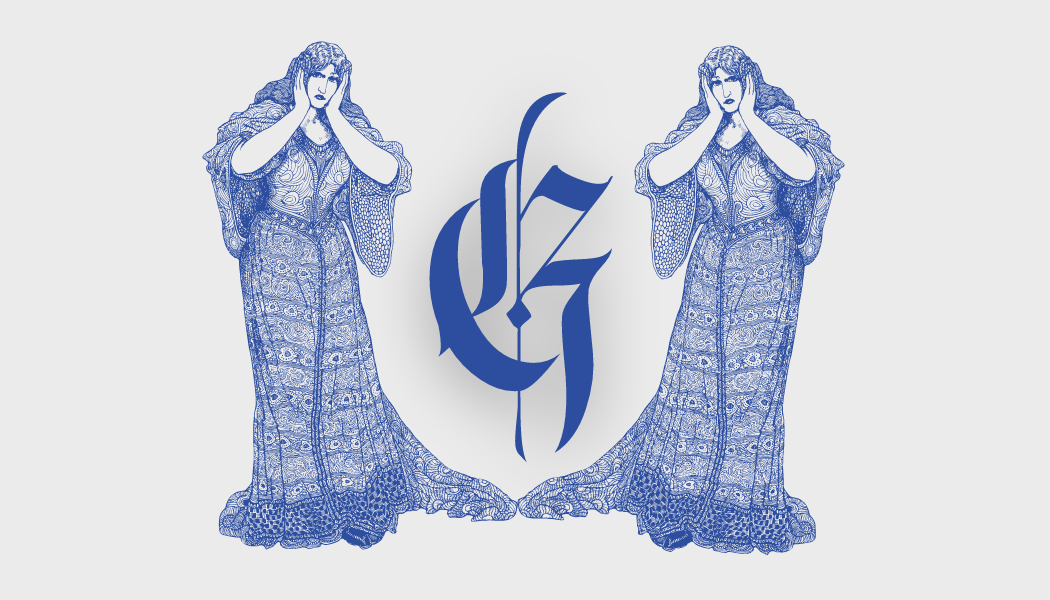Tag: ANTIGEN
-

The molecular mayhem of immunogens, haptens, carriers and adjuvants
First up, the immunogen: the molecular maestro of the immune system, orchestrating a symphony of B-cells and T-cells like a conductor with a grudge. These substances don’t just knock politely on the immune system’s door—they kick it down with the force of a battering ram. Immunogens are a subset of antigens (because “antibody-generating” wasn’t obvious enough)…
-

Cells in the APUD system may include melanocytes
Melanocytes are melanin-producing neural crest-derived cells located in the bottom layer (the stratum basale) of the skin’s epidermis, the middle layer of the eye (the uvea), the inner ear, vaginal epithelium, meninges, bones, and heart. Melanin is a dark pigment primarily responsible for skin color. Once synthesized, melanin is contained in special organelles called melanosomes which can be transported to nearby keratinocytes to induce pigmentation. Thus darker skin tones have more melanosomes present than lighter skin tones. Functionally, melanin serves as protection…
-

What is Immunoprecipitation (IP)?
Immunoprecipitation (IP) is a technique used to enrich protein antigens from a complex mixture using specific antibodies. To carry out an IP, antibodies must be coupled to a solid substrate, such as agarose resin or magnetic beads, to allow for purification of the target antigens. Immunoprecipitation (IP) is the technique of precipitating a protein antigen out of solution using an antibody that…
-

Karl Landsteiner – discovered poliovirus, the rhesus factor, described as the father of transfusion medicine
Karl Landsteiner ForMemRS (14 June 1868 – 26 June 1943) was an Austrian-born American biologist, physician, and immunologist. He distinguished the main blood groups in 1900, having developed the modern system of classification of blood groups from his identification of the presence of agglutinins in the blood, and in 1937 identified, with Alexander S. Wiener, the Rhesus factor, thus enabling physicians to transfuse blood without endangering the patient’s…
-

Allergolical (or allergological) syndrome that can show itself clinically with expressions of both respiratory allergy and alimentary allergy
Tabar AI, Acero S, Arregui C, Urdánoz M, Quirce S. Asma y alergia por el colorante carmín [Asthma and allergy due to carmine dye]. An Sist Sanit Navar. 2003;26 Suppl 2:65-73. Spanish. PMID: 13679965. Abstract Cochineal carmine, or simply carmine (E120), is a red colouring that is obtained from the dried bodies of the female…
-

Cluster of Differentiation (Cluster of Designation or Classification Determinant)
The cluster of differentiation (also known as cluster of designation or classification determinant and often abbreviated as CD) is a protocol used for the identification and investigation of cell surface molecules providing targets for immunophenotyping of cells.[1] In terms of physiology, CD molecules can act in numerous ways, often acting as receptors or ligands important to the cell. A signal cascade is usually initiated, altering the behavior of the cell (see cell…
-

T helper cells (Th cells), also known as CD4+ cells or CD4-positive cells
The T helper cells (Th cells), also known as CD4+ cells or CD4-positive cells, are a type of T cell that play an important role in the adaptive immune system. They aid the activity of other immune cells by releasing cytokines. They are considered essential in B cellantibody class switching, breaking cross-tolerance in dendritic cells, in the activation and growth of cytotoxic T cells, and in maximizing bactericidal activity of phagocytes such as macrophages and neutrophils. CD4+ cells…
-

CD4
In molecular biology, CD4 (cluster of differentiation 4) is a glycoprotein that serves as a co-receptor for the T-cell receptor (TCR). CD4 is found on the surface of immune cells such as T helper cells, monocytes, macrophages, and dendritic cells. It was discovered in the late 1970s and was originally known as leu-3 and T4 (after the OKT4 monoclonal antibody that reacted with it) before being named CD4 in 1984.[5] In humans,…
-

KIT (gene)
Proto-oncogene c-KIT is the gene encoding the receptor tyrosine kinase protein known as tyrosine-protein kinase KIT, CD117 (cluster of differentiation 117) or mast/stem cell growth factor receptor (SCFR).[5] Multiple transcript variants encoding different isoforms have been found for this gene.[6][7] KIT was first described by the German biochemist Axel Ullrich in 1987 as the cellular homolog of the feline sarcoma viral oncogene v-kit.[8] Function KIT is…
-

List of human clusters of differentiation (OR CD) MOLECULES
* = group; ** = not listed on hcdm CD1* MHC-like molecule that presents lipid molecules CD1a CD1a (Cluster of Differentiation 1a), or T-cell surface glycoprotein CD1a, is a human protein encoded by the CD1A gene. An antigen-presenting protein that binds self and non-self lipid and glycolipid antigens and presents them to T-cell receptors on natural killer T-cells. CD1b T-cell surface glycoprotein CD1b. Expressed on cortical thymocytes, certain T-cell leukemias…
-
HLA-B major histocompatibility complex, class I, B
HLA-B (major histocompatibility complex, class I, B) is a human gene that provides instructions for making a protein that plays a critical role in the immune system. HLA-B is part of a family of genes called the human leukocyte antigen (HLA) complex. The HLA complex helps the immune system distinguish the body’s own proteins from proteins made by foreign invaders such as viruses and bacteria. HLA is…
-
HLA-A
Further information: Human leukocyte antigen and History and naming of human leukocyte antigens HLA-A is a group of human leukocyte antigens (HLA) that are encoded by the HLA-A locus, which is located at human chromosome 6p21.3.[1] HLA is a major histocompatibility complex (MHC) antigen specific to humans. HLA-A is one of three major types of human MHC class I transmembrane proteins. The others are HLA-B and HLA-C.[2] The protein is a heterodimer,…
-
Helmut Ringsdorf
Helmut Ringsdorf, a luminary in polymer chemistry and the father of modern drug delivery systems, was not directly connected to the WHO Task Force on Vaccines for Fertility Regulation—but let’s imagine if he had been. Known for his groundbreaking work in designing polymers that could carry drugs to specific targets in the body, Ringsdorf would…
-
ANITBODY MIMETIC
A protein mimetic is a molecule such as a peptide, a modified peptide or any other molecule that biologically mimics the action or activity of some other protein. Protein mimetics are commonly used in drug design and discovery. Types of mimetics There are a number of different distinct classes of protein mimetics. Antibody mimetics are organic compounds that, like antibodies, can specifically bind antigens, but…
-

It is difficult to choose a few quotes from this halloweenish medical article from 1974
The 'Bottleneck In Bodies' Has Created The Agonizing Ethical Dilemma: Who Shall Live and Who Shall Die? By David Dempsey, Oct. 13, 1974
Recent Posts
- 🧬 Disease Table with Low Sodium Connection
- 🧂 Sodium Reduction and Sodium Replacement: A History of Reformulation and Exploding Diseases, Including Many Diseases Unheard of Before Deadly Sodium Policies
- 🧂 The DEADLY 1500 mg Sodium Recommendation predates the WHO’s formal global sodium reduction push by nearly a decade (and it’s even worse than that)
- 🧬 What Is Beta-Glucuronidase?
- When Sugar Was Salt: Crystalline Confusion and the Covenant of Sweetness
Tags
ADAM ASPARTAME Birds Blood Bones Brain Bugs Cancer Columba Cows crystallography Death Death cults Eggs Etymology Gastrin Gold Growth hormone History Hormones Insulin Liver Mere Perplexity Metal Monkey Business Mythology Paracetamol Plants Poison Pregnancy Protein Religion Reproduction Rocks Salt Slavery Snakes Sodium the birds and the bees Thiocyanate Tobacco Tylenol Underworld Venom zinc

